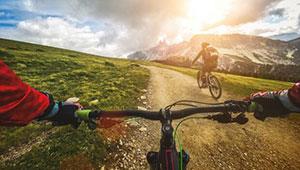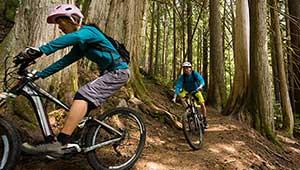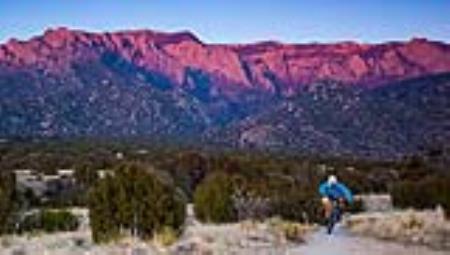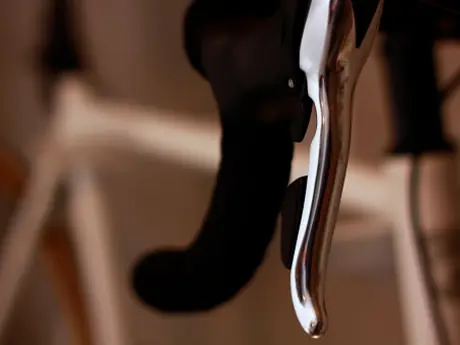
"Eat before you're hungry; drink before you're thirsty."
These are two suggestions most bikers have heard, and if they've ridden very much they value them for their simplicity and truth. Wait too long to replenish your body and you'll be dragging till the carbs and liquids kick in.
But a third similarly simple and truthful mantra shift before you have to should also be recalled by the two-wheeled world. Like the first two rules above, it's true whether one is racing, touring, training, or just joyriding, and valid no matter if your riding surface is pavement or dirt. It's also good for the body and will do wonders in keeping your bike in shape.
Understand the Mechanism
Take a long and close look at your drive train from the chain rings (the big chain sprockets at the pedals) to the freewheel (the cluster of sprockets at the rear wheel), and at the chain connecting them.
Wipe off any dried mud and old grease that might be obscuring your view of the metal surfaces and think about what goes on down here while you're racing along the trail and jamming thumb levers back and forth.
It's far easier to teach a kid how to balance a two-wheeler than it is to teach someone (even yourself) how to shift gears properly, and knowing what's going on below the handlebars when one is working the gear levers is crucial to understanding when and how to shift.
When and How to Shift
We already have part of the answer to "when": "Before you have to." But if you think "have to" means the moment when you can no longer continue pedaling in your current gear (because it's either too hard a gear to take a hill or so easy a gear that you're just spinning the pedals on a descent), your drivetrain is looking at a short and unhappy existence.
Instead, learn to anticipate how hard or easy a gear you'll need for the terrain and the trail surface. Both are important considerations, since riding hard-pack up a slight rise can be easier than pedaling sand across the flat. Forcing your derailleurs to shift under load (when you're cranking hard) is tough on the components and muscles alike. Always choose the gear you'll need when still in your descent or pedaling easily on flat ground.
Soft Pedaling
If you've failed to anticipate or misjudged the correct gear, try the soft pedal approach. Powerhouse one stroke (that is, pedal very hard on one down stroke) so that the momentum gained will allow soft-pedaling on the next. Shift immediately after the powered stroke, because the soft-pedaling during the next few seconds will ease tension on the chain and allow the derailleur to move more easily.
Other considerations:
- Keep both front and rear derailleurs adjusted. Visit your local bike shop during one of its slow times, and beg a 10-minute hands-on (your hands) lesson. (Remember that time is money with any business, so offer to pay for the adjustment.) If this is not possible, buy a book on bike mechanics; make sure it covers your particular derailleur.
- Listen to your bike. Learn the sound your gears make when all is working well, and tune your ears to notice chain chatter and other metal-on-metal noises when things aren't perfectly aligned. Succeed at this and you'll avoid the wearing out of freewheel cassette cogs, derailleur cages, and even chain rings.
- Keep your derailleurs clean and lubed.
- Keep your chain clean and lubed.
- Don't cross-chain. That is, avoid those gear combinations that put your chain at a severe angle smallest (inside) front chain ring/smallest (outside) back freewheel cog, and largest (outside) front chain ring/largest (inside) back freewheel cog.
 See more mountain bike tips or find mountain bike rides near you.
See more mountain bike tips or find mountain bike rides near you.








Discuss This Article